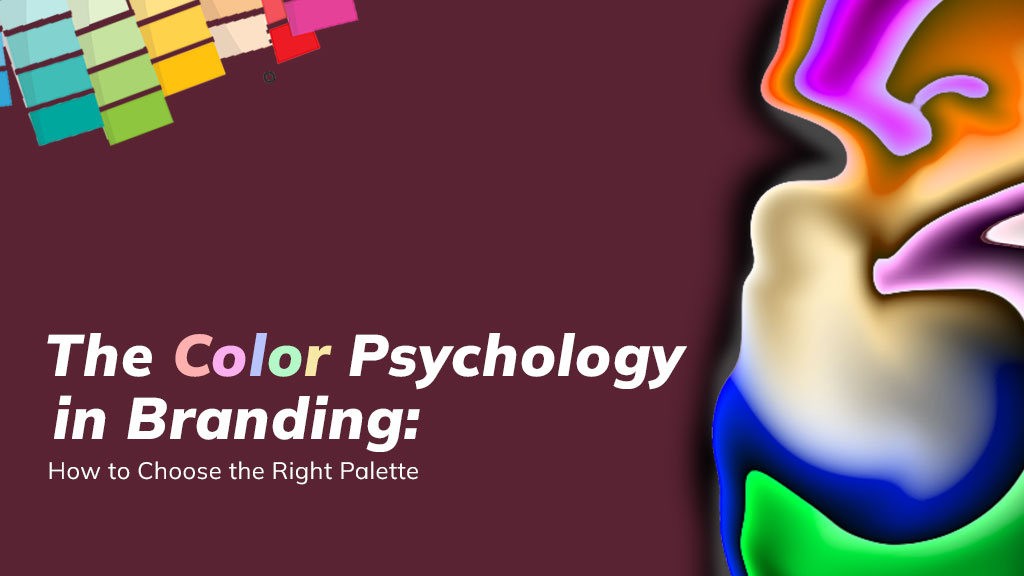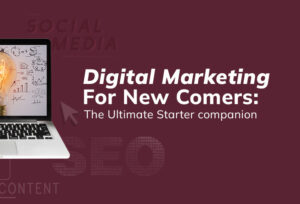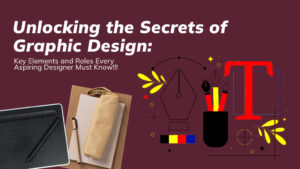I once read somewhere that people form an impression about your brand in just 90 seconds, and 90% of that impression is based solely on your color palette! Crazy, right? It blew my mind too. That’s how something as simple as color can create a massive impact on your brand identity.
Now, as a designer, I’ve experienced firsthand how color psychology in branding plays a powerful role. The right color choices can build trust, spark emotion, and even foster long-term loyalty. So let’s dive deeper into how color psychology in branding actually works—and how you can choose the perfect palette for your brand.
Why does color matter in branding?
When discussing color theory in branding, one common question always arises:
Why is color so important in branding?
While working on different projects, I’ve learned that the colors we choose for a brand aren’t just for visual appeal—they’re strategic. Colors communicate. They silently tell people who you are and how you want them to feel when they engage with your brand.
That’s the beauty of color psychology in branding—it’s about emotional connection at a subconscious level. Let’s take, for example, red. The Red color usually grabs attention faster than others, while blue still goes with the trust-building vibes, green screams nature, and purple brings luxury, and we all can agree to these. Let’s figure it out more with some real-life examples like:
- Coca-Cola carries red to bring a spark, excitement, energy, and passion to its brand.
- While LinkedIn wants to reflect trust, stability and professionalism moving forward with blue,
- And Starbucks‘s green is helping them tell the story of nature and sustainability with a calm and connecting vibes
These brands didn’t just pick the colors they wanted; they chose colors that are telling their story behind the brand.
The Psychology Behind Common Brand Colors
As we explore the depth of color psychology in branding, let’s break down the emotional and industry associations of key colors:
Red Color
It is majorly used to depict emotions like energy, passion, urgency, and excitement. Also, it is best suitable for industries like food, entertainment, and sports because red demands attention. Let’s think about a billboard with certain things written on it, and there’s this one word in red; we all know it will grab attention. That is why most of the food chains like McD, KFC, and Coca-Cola are using it. It’s full of emotions, and if you are also someone building a brand that is full of energy and fun, run for red now.
Blue Color
Blue is more of a calm, professional, reliable kind of color. Therefore, brands out there wanting to portray trust, loyalty, and professionalism are using blue as their color. Companies that come under the industry of tech, finance, healthcare, and corporate often tend to go with it. Talking about the existing brands using it are Facebook, LinkedIn, PayPal, and Oral-B. So, if you have the plan to go for a B2B dealing or service-based module, you just got your color.
Green Color
The green color is a clear reflection of growth, health, tranquility, and nature. Brands that want to portray themselves as eco-conscious, wellness-oriented, agricultural, and financial opt for green. It is a color of balance and renewal and is popular amongst the industries serving organic food, stability, and even finance. Brands like Spotify, Whole Foods, and Starbucks are ruling with it. So, if you are also someone who wants to depict growth—physically, mentally, or environmentally—green is what you are looking for.
Yellow Color
It brings out the emotions of optimism, energy, youthfulness, and warmth. Built for children, creativity, travel, and entertainment, the brand grabs yellow to gain attention and flash positivity. Yellow tends to make people feel happy and uplift their mood too. Brands like Snapchat, IKEA, and Ferrari are using it to make their audience feel energetic and youthful. But if you are planning to move forward with it, always remember, yellow is a color of caution; too much use of yellow can cause harm; it always needs to be carried wisely.
Purple Color
The color purple screams luxury, creativity, wisdom, and mystery. Brands from the sectors of beauty, wellness, spirituality, and education often carry purple with them to connect themselves with royalty and imagination. Brands like Cadbury, Twitch, and Hallmark are using it currently to display richness, thoughtfulness, and an unconventional approach. If you want to portray yourself as elegant with a hint of mystique, purple is your vibe.
The right colors don’t just look good — they make people feel, trust, and buy.
Let our Graphic Designing expertise bring your brand’s colors to life.
Color Harmony: Making It All Work
Now that we understand the psychological impact of color in branding, the next step is to learn how to combine them in a visually appealing and emotionally balanced way. That’s where color harmony comes in.
Let’s start with the basics of what color harmony is.
Color harmony is just the process of creating a perfect palette that seems visually pleasing but also has the right balance, and for that I want to share with you some of my personal approaches that I often use.
- Analogous colors
These are majorly colors that sit next to each other on the color wheel—for example, blue, teal, and green. This set of colors feels natural and is great for calm and unified branding.
- Complementary colors
These are the types of colors that you often find on the direct opposite sides of each other—for example, blue and orange or red and green. They are high-contrast colors that make them pop and easily grab attention. Majorly suitable for dynamic branding or attracting spots like CTAs.
- Triadic colors
These are the colors that are evenly spread on the color wheel, for example, red, yellow, and blue. They bring a vibrant and energetic palette to your theme with the perfect sense of balance. Often recommended for playful and creative branding.
My Favorite Tools for Choosing a Brand Palette
Don’t worry—you don’t need to be a color theory pro to build a killer palette. These tools help even beginners align with strong color psychology in branding:
- Coolors: My go-to for quickly generating and tweaking color schemes.
- Adobe Color: Great for exploring color harmony rules and extracting palettes from images.
- Khroma: An AI-powered tool that learns your taste and suggests palettes you’ll love.
- Color Hunt: Pre-made palettes curated by designers—great for inspiration.
Final Thoughts: Your Colors Are Your Voice
Choosing the right color isn’t just about what looks nice—it’s about what feels right for your brand’s identity. When you understand the psychology of color in branding, you gain the power to make your audience feel before they even read a word.
So, whether you’re building a high-energy food brand or a calming wellness platform, your palette isn’t just a design choice—it’s a business decision.
Use color with intention.
Let your brand speak without saying a word.



